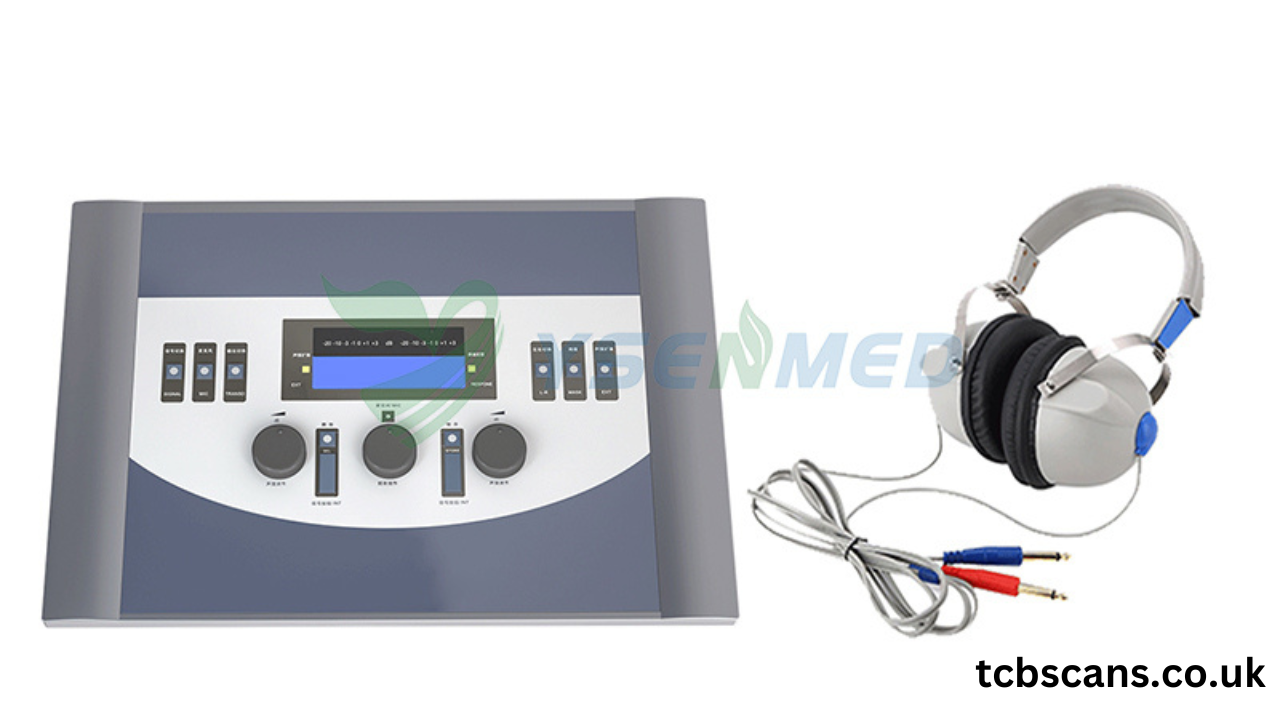Acumeter tests are diagnostic assessments designed to measure specific parameters in various applications, ranging from medical diagnostics to industrial quality control. The results from these tests help professionals make informed decisions regarding health and safety, product integrity, and operational efficiency. Understanding the Acumeter test report is essential for interpreting the results and applying them effectively.
Purpose of Acumeter Tests
The primary objective of Acumeter testing is to obtain accurate measurements that inform clinical or operational decisions. In healthcare, these tests can assist in diagnosing conditions, monitoring patient progress, and evaluating treatment efficacy. In industrial settings, Acumeter tests ensure that products meet quality standards and function as intended.
Key benefits of utilizing Acumeter tests include:
- Accuracy: Providing reliable data for decision-making.
- Standardization: Ensuring consistent testing methods across different scenarios.
- Efficiency: Allowing for rapid testing and analysis in various applications.
How Acumeter Tests Work
Acumeter tests leverage advanced technology and precise methodologies to gather data. Here’s an overview of how these tests are typically conducted:
- Sample Preparation: Depending on the application, samples may need to be prepared or treated before testing. This could involve dilution, calibration, or other forms of manipulation to ensure accurate results.
- Testing Methodology: The Acumeter device uses specific techniques—such as spectroscopy, electrical impedance, or other measurement principles—to evaluate the samples. The choice of technique depends on the parameters being measured.
- Measurement and Data Collection: During the testing process, the Acumeter collects data and records various metrics related to the samples. It is essential to follow established protocols to minimize variables that could impact results.
- Factors Influencing Outcomes: Several factors, such as sample quality, environmental conditions, and device calibration, can influence the accuracy of the test results. Proper controls and standard operating procedures are vital to achieving reliable outcomes.
Interpreting the Acumeter Test Report
An Acumeter test report contains various components that detail the findings of the assessment. Key elements include:
- Test Results: This section presents the numerical data obtained from the test, often including graphs or charts to visualize trends.
- Key Metrics: Depending on the test’s purpose, key metrics might include concentration levels, measurements of performance, or other relevant statistics.
- Interpretation Guidelines: The report typically includes guidance on how to interpret the results, providing context for what the numbers mean about industry standards or clinical guidelines.
For example, a test report may indicate that a particular parameter exceeds the acceptable range, prompting further investigation or action.
Applications of Acumeter Test Reports
Acumeter test reports find applications in a variety of fields, including:
- Healthcare: Used for diagnostics, patient monitoring, and evaluating treatment responses. For instance, in laboratory settings, Acumeter tests can help determine blood glucose levels or electrolyte concentrations.
- Manufacturing: Ensures that products meet safety and quality standards, facilitating compliance with regulations. In manufacturing, tests might assess material properties or performance metrics.
- Research: Provides valuable data for scientific studies and experiments, contributing to knowledge advancement in various disciplines.
Successful applications often include case studies where Acumeter tests led to significant improvements in patient care, product reliability, or operational efficiency. For instance, a healthcare facility might implement regular Acumeter testing for monitoring patient conditions, resulting in enhanced outcomes.
Challenges and Limitations
While Acumeter testing offers numerous benefits, it also presents certain challenges and limitations:
- Technical Expertise: Properly conducting and interpreting tests requires trained personnel. Insufficient training can lead to errors in results or misinterpretation of data.
- Cost and Accessibility: High-quality Acumeter devices can be expensive, and not all facilities may have access to the latest technology, limiting testing capabilities.
- Variability in Results: Factors such as environmental conditions and sample integrity can introduce variability, making it crucial to adhere to strict protocols.
Mitigating these challenges involves continuous training, investment in technology, and adherence to best practices in testing.
Conclusion
Acumeter tests are vital tools in ensuring quality, accuracy, and safety across various industries. Understanding how to conduct these tests and interpret the resulting reports is essential for making informed decisions in both healthcare and industrial applications. As technology continues to advance, the role of Acumeter testing will likely expand, further enhancing its importance in diagnostics and quality assurance.
FAQs
What is an Acumeter test?
An Acumeter test is a diagnostic assessment used to measure specific parameters in various applications, providing reliable data for decision-making.
How do I interpret an Acumeter test report?
An Acumeter test report includes test results, key metrics, and guidelines for interpretation, helping users understand the significance of the data.
What industries use Acumeter test reports?
Acumeter test reports are used in healthcare, manufacturing, research, and other fields to ensure quality and compliance with standards.
This article provides a comprehensive overview of Acumeter testing and reporting, ensuring clarity and understanding of the topic while engaging readers with relevant information. If you need any adjustments or additional details, feel free to ask!
